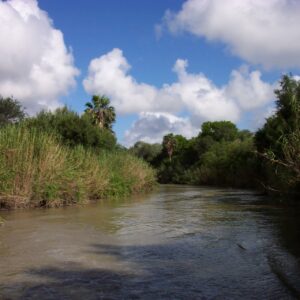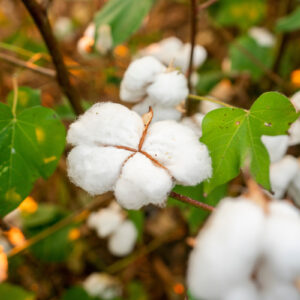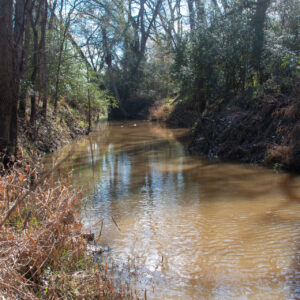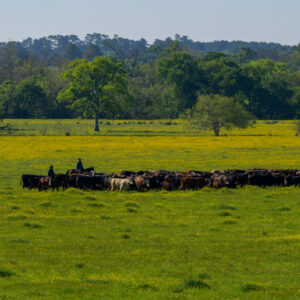J.W. Keeling, T.A. Baughman J.D. Everitt, L.L. Lyon, and P.A. Dotray. Texas Agricultural Experiment Station, Lubbock and Texas Cooperative Extension, Vernon.
ABSTRACT
The development of Roundup Ready Flex cotton varieties with a lengthened postemergence-topical (POST) application window would provide improved flexibility to treat past the 4-leaf growth stage when wet or windy conditions have prevented earlier treatments. In addition, more consistent control of tougher weeds including perennials, morningglory spp., and Russian thistle could be achieved with higher glyphosate rates.
Field experiments were conducted at Lubbock and Munday, Texas in 2002 to evaluate the effect of transgene insertion on cotton growth, fruit retention, and yield in populations of new Roundup Ready events. The effects of topical glyphosate applications at sequential timings and rates on cotton growth, fruit retention, and yield were determined. Weed control in Roundup Ready Flex cotton with different timings and rates of glyphosate was also compared. Plants were box mapped and boll number and weight by fruiting position was determined.
Three Roundup Ready Flex events were compared to the current Roundup Ready technology (1445) at both locations. Trifluralin was applied preplant incorporated, and plots were maintained weed-free using cultivation and hand-hoeing. Glyphosate was applied POST at four growth stages (3-leaf, 6-leaf, 10-leaf, and 14-leaf cotton) and at two rates (1.5 and 2.25 lb ae/A). These rates would be two and three times the currently used rate in Roundup Ready cotton. Stand counts and visual injury ratings made during the growing season showed no visible injury from any application rate or timing at Lubbock and slight leaf necrosis at Munday (most likely from carrier burn).
At Lubbock, bur cotton yields ranged from 1750 to 2000 lb/A, with similar yields produced by the three Roundup Ready Flex events and the current technology when no gylphosate was applied. Glyphosate applied POST reduced yields of the current Roundup Ready technology 50 to 75%. Yields of the Roundup Ready Flex events were not affected by either glyphosate rate. Mapping data showed reduced boll number and boll weights in the 1445 line, with no late season yield compensation. Similar fruiting patterns in the three Roundup Ready Flex events were observed in treated and untreated plots. At Munday, glyphosate POST reduced yields 15 to 25% when applied to the current Roundup Ready technology, but did not affect the yields of the three Roundup Ready Flex events. In the weed control test, use of higher glyphosate rates improved silverleaf nightshade (Solanum elaeagnifolium) control, but were not necessary for effective Palmer amaranth (Amaranthus palmeri) or devil’s-claw (Proboscidea louisianica) control.





